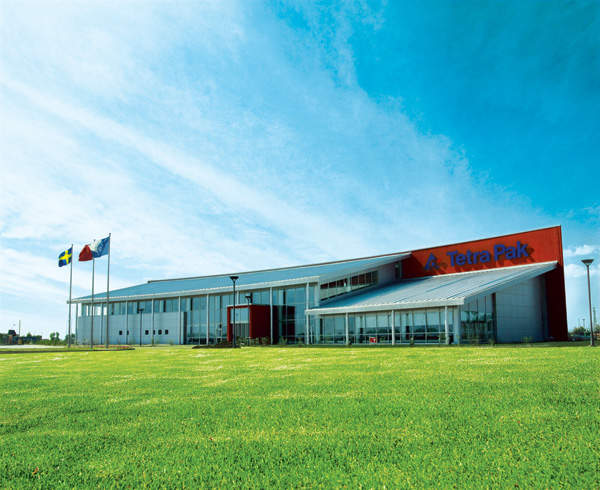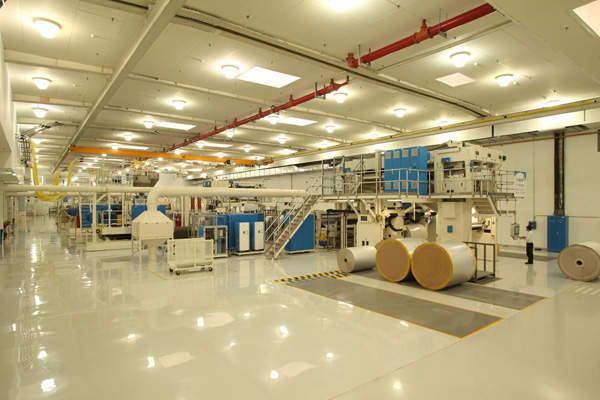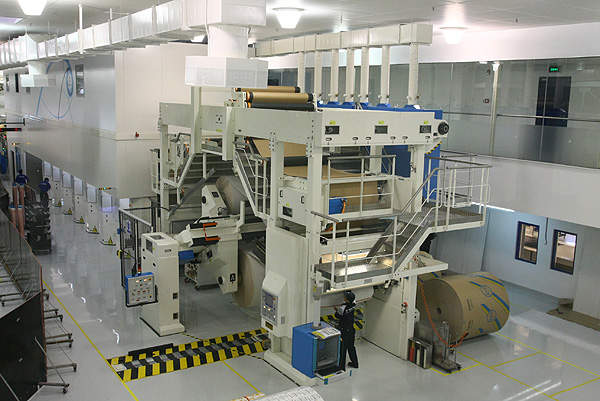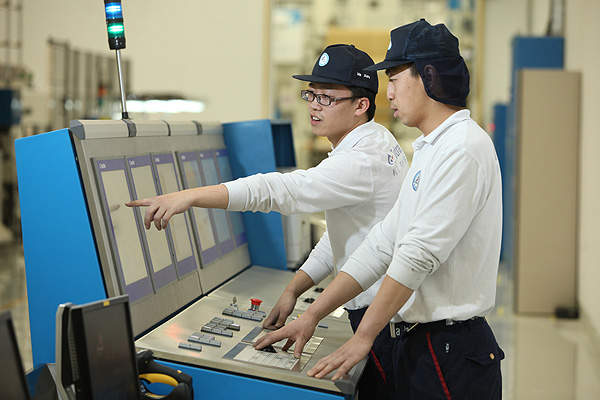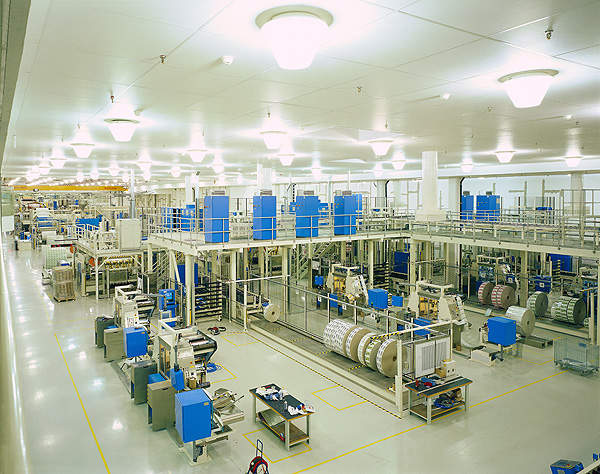Tetra Pak inaugurated a new packaging materials plant in Hohhot, in northern China, in 2009, shortly after commencement of production in December 2008. Hohhot is an industrial city located north-west of Beijing, the country’s capital.
The Hohhot plant is the first manufacturing plant in Inner Mongolia and one of the most advanced manufacturing facilities of Tetra Pak. It produces aseptic carton packages. The plant had an initial capacity of about ten billion packs a year and required an investment of €60m.
The plant was expanded in 2012 to increase the capacity to 20 billion cartons a year. The expanded plant measures 223,000 square metres and employs about 250 people. It has a larger production footprint, with an enhanced supply chain, offering shorter lead time and increased flexibility in packaging material delivery to Tetra Pak’s Chinese customers.
Expansion resulting from rapid growth in Chinese liquid dairy market
The fast-growing Chinese market for liquid dairy products necessitated expansion of the Hohhot plant within a short period of its opening. Tetra Pak announced the second production line at the plant in September 2010. The line was officially inaugurated in February 2012.
The new line has a capacity of ten billion cartons each year and involved an investment of €53m.
The first phase of the Hohhot plant saw the start of civil works in July 2007. Construction on the expansion phase of the plant began in April 2011.
Packaging systems and equipment installed at Tetra Pak’s Hohhot plant
The Tetra Pak Hohhot plant manufactures carton brands, Tetra Brik Aseptic and Tetra Fino Aseptic, which are made up of paperboard, polyethylene (PE) and aluminium.
Equipment installed in phase one of the plant include a printer, a laminator, three slitters and six doctor machines.
As part of the phase two expansion, a printer, a laminator, two slitters and four doctor machines were added.
The high-speed (600m/min), high resolution printers are used for flexo printing. The slitters can run at speeds up to 1,200m/min. Laminators can be used for high-quality laminating of paper, PE and AL foil at speeds up to 650m/min.
Processes taking place at the expanded northern Chinese facility
The production process at the plant involves four major steps, which include printing, laminating, slitting / doctoring and reel handling.
Paperboard roll is printed with a customer’s design on flexo spot and / or process colours. The design colours are printed one by one, then creased and / or hole-punched. Customer design is accurately printed by registering print-to-print and print-to-crease.
Printed paperboard roll then goes through the laminating process. The board is first laminated with polyethylene onto aluminium foil. Inside layers of polyethylene are then laminated to the foil. The decor layer of polyethylene is finally laminated to the board.
The full width printed and laminated roll is slit onto a reel. The shrink film is sealed and reels are put on pallets, which are covered in stretch film wrapping. The finished reels are stored in the warehouse or directly shipped.
Technology and sustainability for Tetra Pak’s ‘world class manufacturing’ plant
The plant features a sophisticated manufacturing management system. The plant won the TPM Excellence Award in March 2011 and created a record for the company in world class manufacturing (WCM). It stood as the Best Plant in 2011 among Tetra Pak’s manufacturing facilities worldwide.
The Hohhot plant operates on 100% renewable electricity, sourced mostly from wind power. The annual power consumption of the plant is estimated at 20 million kWh. Use of green electricity saves approximately 16,000t of carbon dioxide (CO2) per year.
Hygiene at the new packaging materials facility
The Hohhot plant is Tetra Pak’s first plant worldwide which has special corridors for plant tours, making it more effective in dust and pest prevention, while also conserving energy due to less opening of doors.
Seamless connection between the last part of the production process and the warehouse prevents secondary contamination and allows for energy conservation during transfer.

